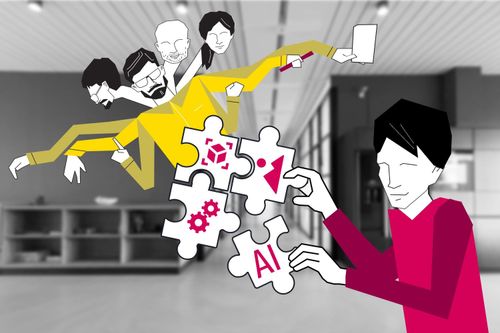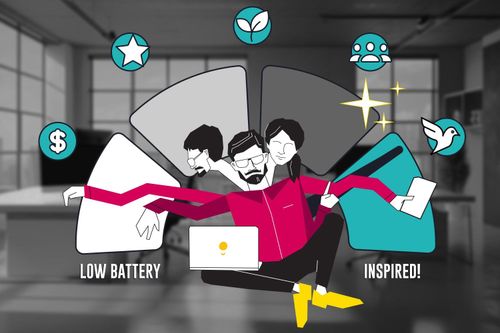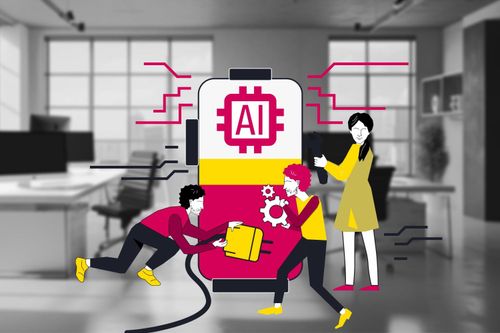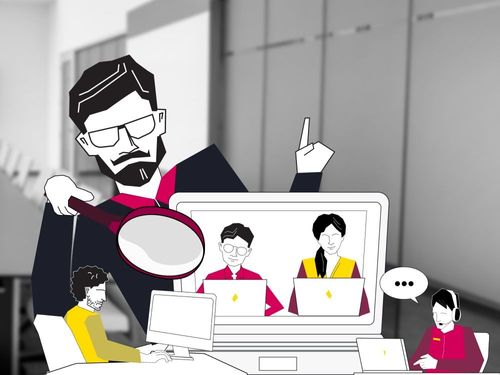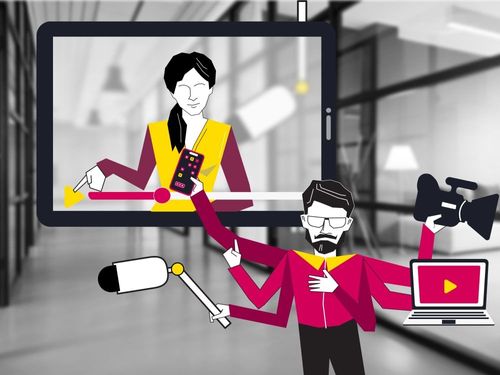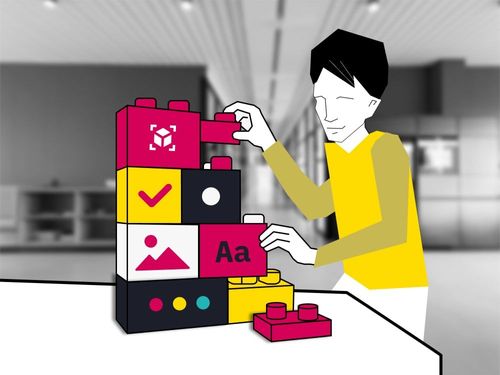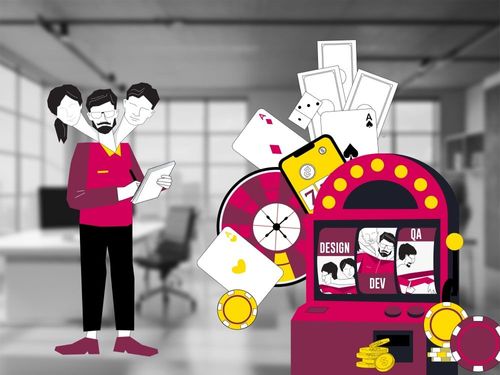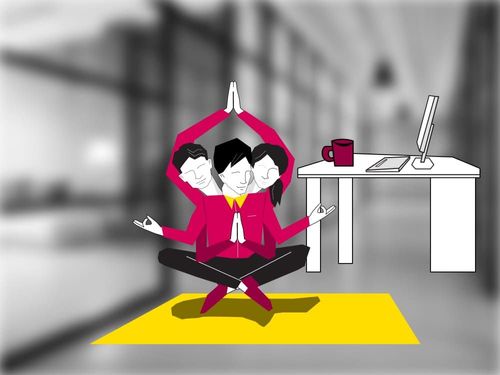
Giving and receiving feedback is a critical component in improving performance. According to the research, 65% of employees want more feedback than they are currently receiving.
At Smartexe, we usually give feedback every 6 months, or at the end of a specific project. The main issue with providing feedback is that not all people can easily accept it, even if it is a good one.
A study published in the Harvard Business Review found that 72% of respondents believed that their performance would improve with more positive feedback. In fact, we have found out at Smartexe, that employees who received feedback on their strengths showed a higher increase in performance, compared to those who received one on their weaknesses.
Also, note that negative feedback without a clear path for improvement may leave individuals feeling stuck and unsure of how to enhance their performance. This highlights the importance of recognizing and building a system of giving feedback, without demotivating the staff.
3 feedback methodologies
1. Feedforward methodology
Provide feedback that encourages continuous improvement and growth. This approach is well-suited for tech teams, as it fosters a culture of learning and innovation.
Key elements of the Feedforward method:
- Focus on the future: instead of dwelling on past mistakes or successes, you should shift the focus to future actions and goals. This helps to create a positive and forward-thinking mindset within the team.
- Seek specific and actionable suggestions: try to encourage specific and actionable suggestions for improvement. This helps team members understand what they can do differently to enhance their performance.
- Involve team members in the process: improve communication inside the team and try to get everyone's opinion. This collaborative approach fosters a sense of ownership and engagement among team members.
Main benefits:
- Promotes continuous learning and growth: the future-focused approach encourages continuous improvement and skill development.
- Enhances team communication and collaboration: open and honest feedback fosters a culture of transparency and trust within the team.
- Improves individual and team performance: Specific and actionable feedback helps team members identify and overcome performance gaps.
- Boosts employee engagement and morale: regular and supportive feedback demonstrates a commitment to employee development and growth.
- Creates a culture of innovation and problem-solving: a focus on future improvements encourages creative thinking and problem-solving within the team.
2. The Describe, Express, Specify, and Consequences (DESC) script method
The feedback should be clear, direct, specific, and constructive. It helps to ensure that feedback is delivered in a way that is both helpful and well-received.
Essential elements of the methodology:
- Describe the situation or behavior: Briefly explain the circumstance that is being addressed. Provides a context for the feedback and avoids misunderstandings.
explain the impact: explain the impact of the situation on the team, or company.
suggest alternatives: provide specific and actionable alternatives for improvement and clear guidance on how to address the issue. - Choose the right time and place: prefer one-to-one, or include all involved in the subject. Consider the team member's emotional state and ensure they have time to process the information.
Main benefits:
- Reduces misunderstandings and defensiveness: the structured approach ensures that feedback is clear and direct.
- Promotes open and honest communication: the focus on describing the situation and explaining the impact encourages open dialogue and avoids blame.
encourages self-reflection and improvement: the emphasis on specific suggestions and follow-up helps team members identify areas for growth and take steps to improve. - Strengthens team dynamics and collaboration: constructive feedback fosters a culture of mutual respect, support, and continuous learning within the team.
- Improves problem-solving and decision-making: contributes to more effective problem-solving and decision-making within the team.
3. “Start, Stop, Continue” methodology
It is used for delivering both positive and constructive feedback. The members receive a short statement they must complete for each other member of their team.
“Something I would like you to “start” doing is…
Something I would like you to “stop” doing is…
Something I would like you to “continue” doing is…
Signed _____.”
By using this three-step structure, everyone can give feedback to everyone else directly and simply.
Major elements of the method
- Start: identify actions that the recipient should continue doing or start doing. This highlights positive aspects of their performance and reinforces effective practices.
- Stop: find acts that the employee should stop doing. This provides an opportunity to address areas for improvement and eliminate ineffective practices.
- Continue: provide specific suggestions for improvement and encourage the team member to continue developing their skills and knowledge. Fosters a growth mindset and promotes continuous learning.
Main benefits:
- provides a balanced and comprehensive approach: create a balanced and supportive atmosphere in the team.
- encourages self-reflection and continuous improvement: prompts individuals to reflect on their performance and identify areas for growth.
- promotes a culture of open communication and feedback: fosters a culture of trust inside the team.
- strengthens team dynamics and collaboration: contributes to stronger team dynamics and collaboration.
- enhances problem-solving and decision-making: supports more effective decision-making within the team.
By the way, at Smartexe we often use the "Start, Stop, Continue" method for organic teams during sprint reviews or retrospectives. It helps us to identify "stop" points and remove them in further work. We often perform the "Start, Stop, Continue" method online, as it is easier for our staff to write than to talk face-to-face about issues.
Note, it is important to highlight that the person who provides feedback should be the PM or Team Lead, as they work closely with the team. In some cases, HR can be included, if the feedback is connected with promotion.
To sum up, regular feedback and communication are essential for employee engagement. Engaged employees are more likely to stay with their current employer, leading to higher productivity and better overall performance. Remember to maintain a balance while providing feedback, as it will have a direct effect on teamwork.
Do you like the way we think? Looking to add a small and super-effective organic team of developers to your company?
At Smartexe, we manage dozens of developer teams from Ukraine and other places in Eastern Europe. These are organic teams with healthy internal dynamics, ready to tackle your challenges and start delivering results from day one.

